0 Comments
The is the start of a fun campaign called The 12 Days of Seed Catalogs. For 12 days I will introduce different seed companies. Each day, I will feature two companies -- one that prints a physical catalog and one that offers only an online catalog. My purpose is to introduce you to some great seed sources and unique varieties, to encourage you to buy organic, heirloom, open-pollinated seeds and to do some seed saving this season. I also want to get you started thinking about planning for 2024. Finally, I want to help you grow your best garden yet so I will be offering discounts on my online edible gardening classes, Garden Planner and landscape coaching sessions. There will be at least one giveaway – this is going to be huge! The 12 Days of Seed Catalogs Now is the time to put in your requests for seed catalogs – these wonderful publications will arrive in your mailbox in late December and January. Perusing online seed catalogs is wonderful and extremely convenient. Still there isn’t a better way to spend a dark winter day than reading a printed catalog, browsing seeds and reading all the juicy descriptions from your comfy chair while sipping a tasty beverage. My catalog reading isn’t limited to seed catalogs. I could get lost for half a day in the fruiting trees, shrubs, canes and vines offered by the Raintree Nursery, Burnt Ridge Orchard and One Green World. The other half day, you’ll find me studying tool catalogs from Lee Valley Tools and AM Leonard. Such fun. This is some of my best reading. I am looking forward to sharing some of my favorite seed companies and their fantastic catalogs on my blog – Edible Garden Confidential – later this month. Tune in during December for the 12 Days of Seed Catalogs campaign. I want to share with my newsletter readership the WHOLE list of seed companies I am reviewing. Here is the big list of seed companies that offer organic, open pollinated and heirloom seeds. Many of these companies have taken the safe seed pledge that they are not knowingly trading in genetically engineered seeds or plants. These seed companies support sustainable and regenerative practices that are safe for people and the soil. I am also including three great local/regional nurseries specializing in fruiting trees, vines and shrubs. The list ends with my favorite places to get quality tools. Check out these companies and order up a few catalogs. The 1st Day of Seed Catalogs
Hello and Happy Lunar New Year! Here is my Garden with Lisa February newsletter offered as a pdf. Inside you’ll find something for the whole family!
|
AuthorWrite something about yourself. No need to be fancy, just an overview. Archives
December 2023
Categories |
||||||||||||||||||||||||||||||||||||||||
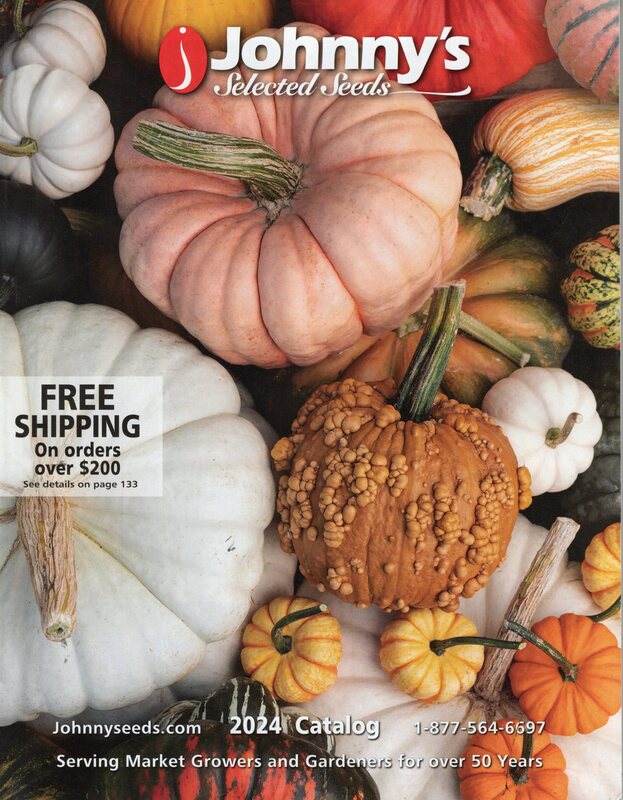
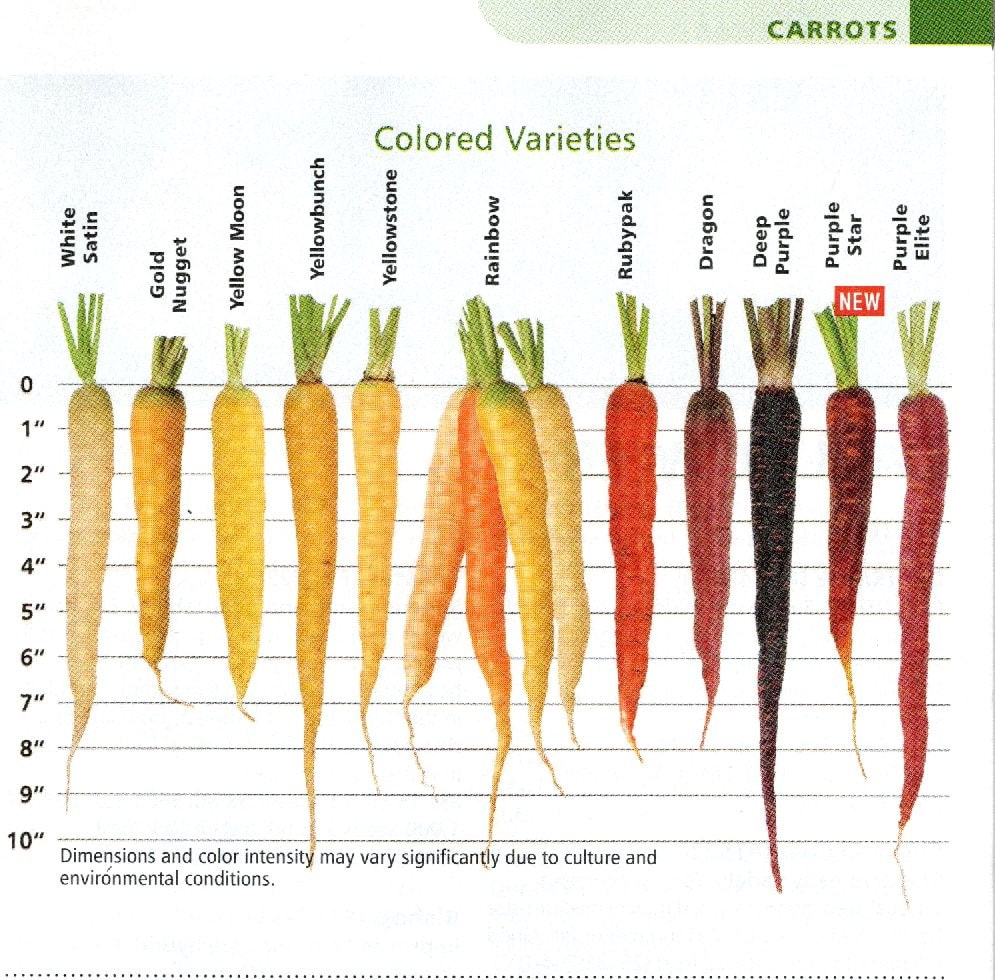
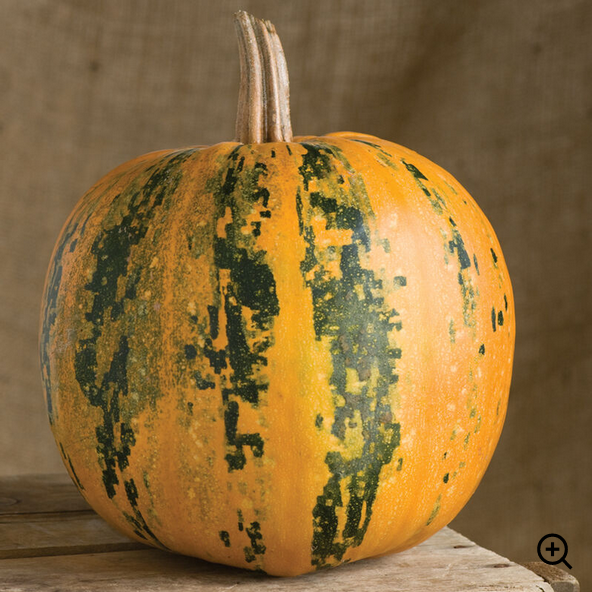

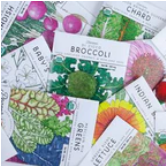
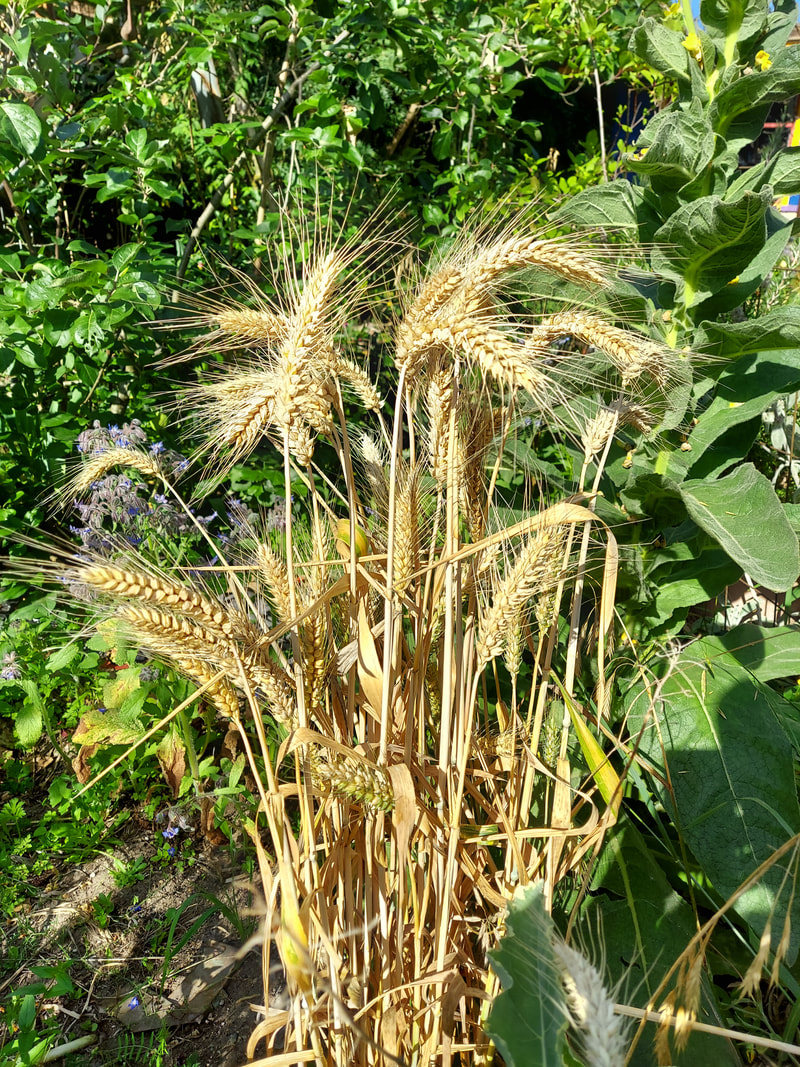
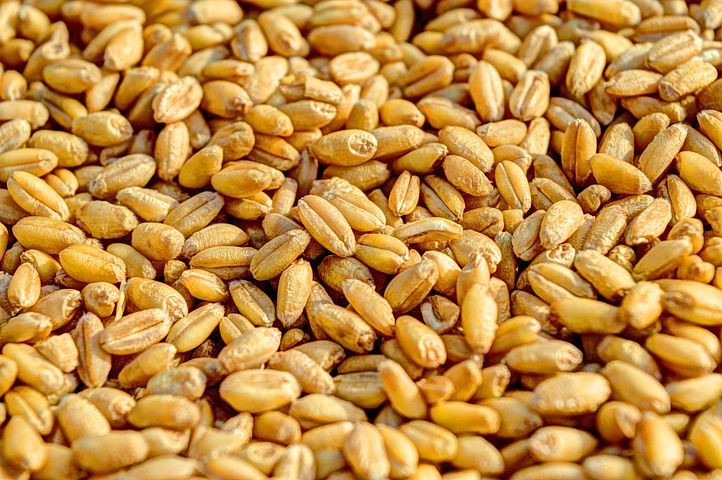
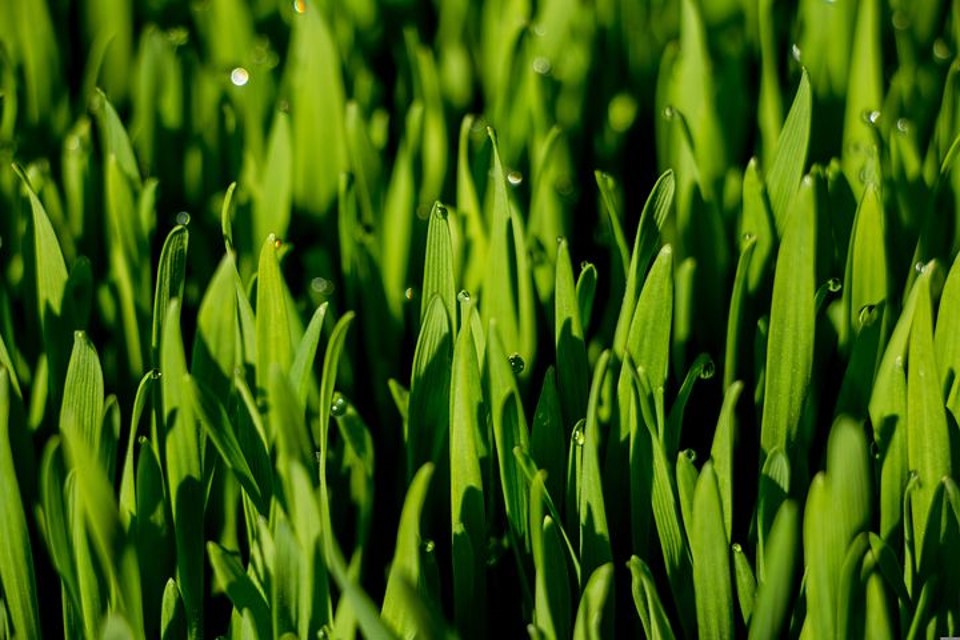

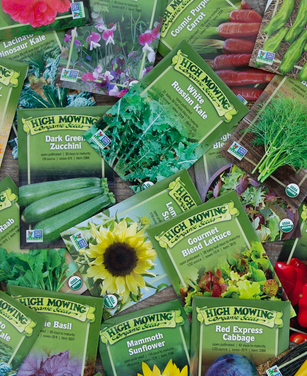
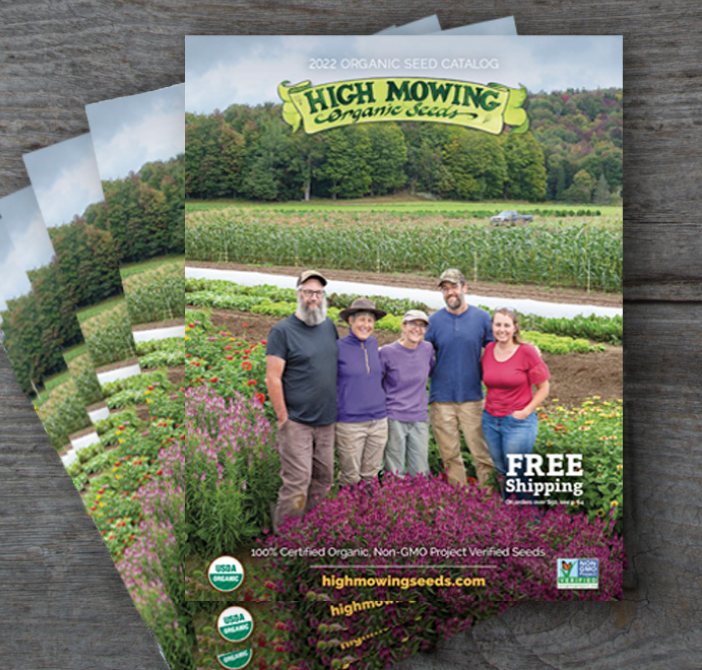
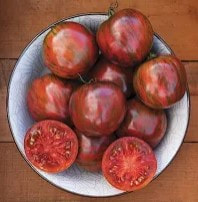
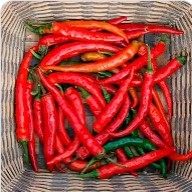
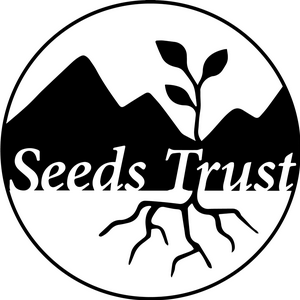
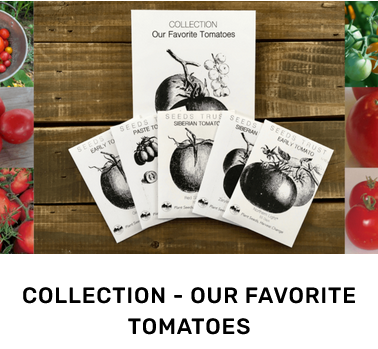
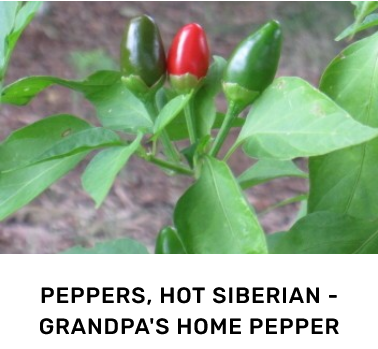

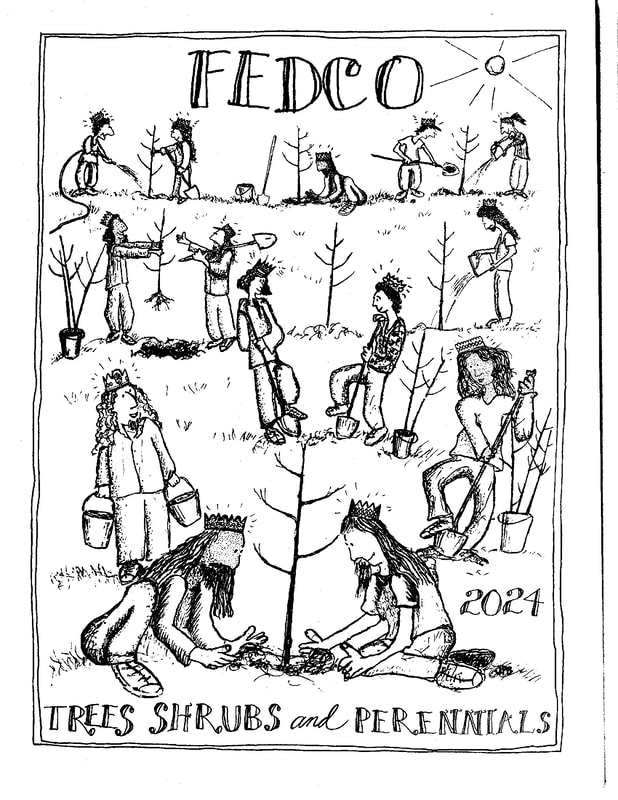
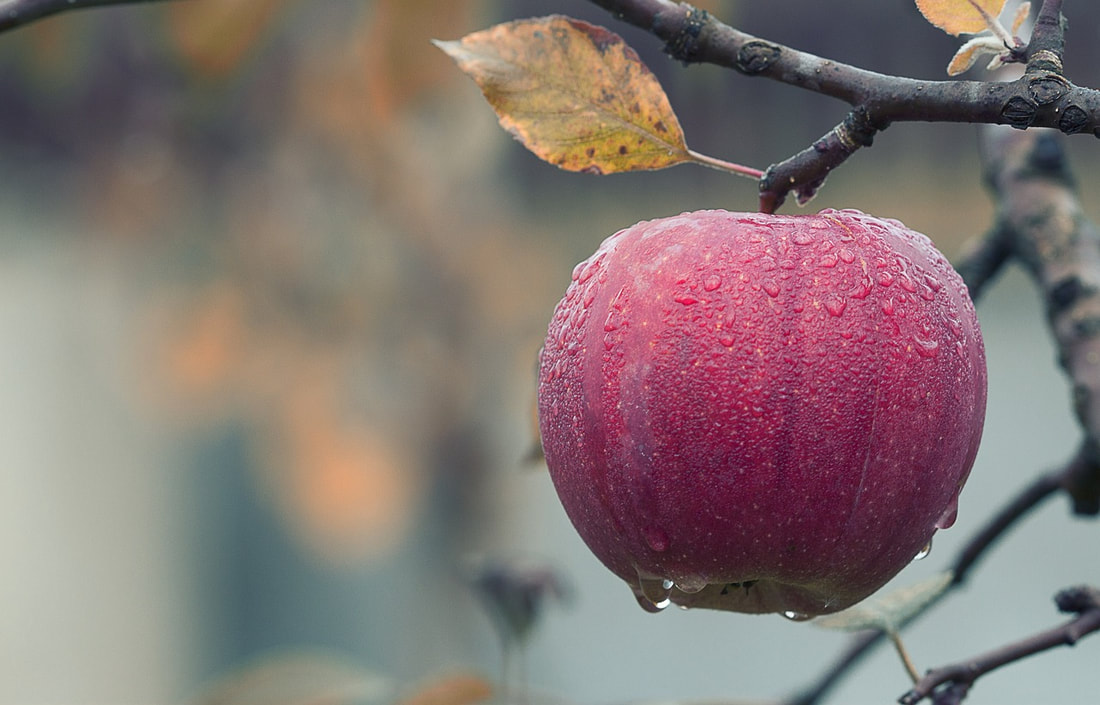
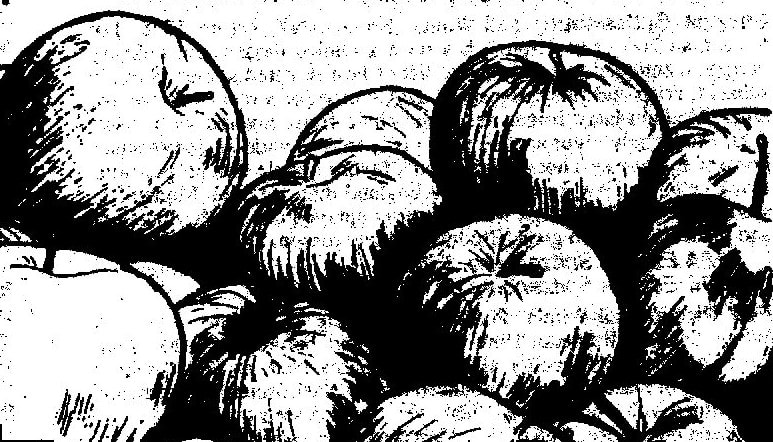
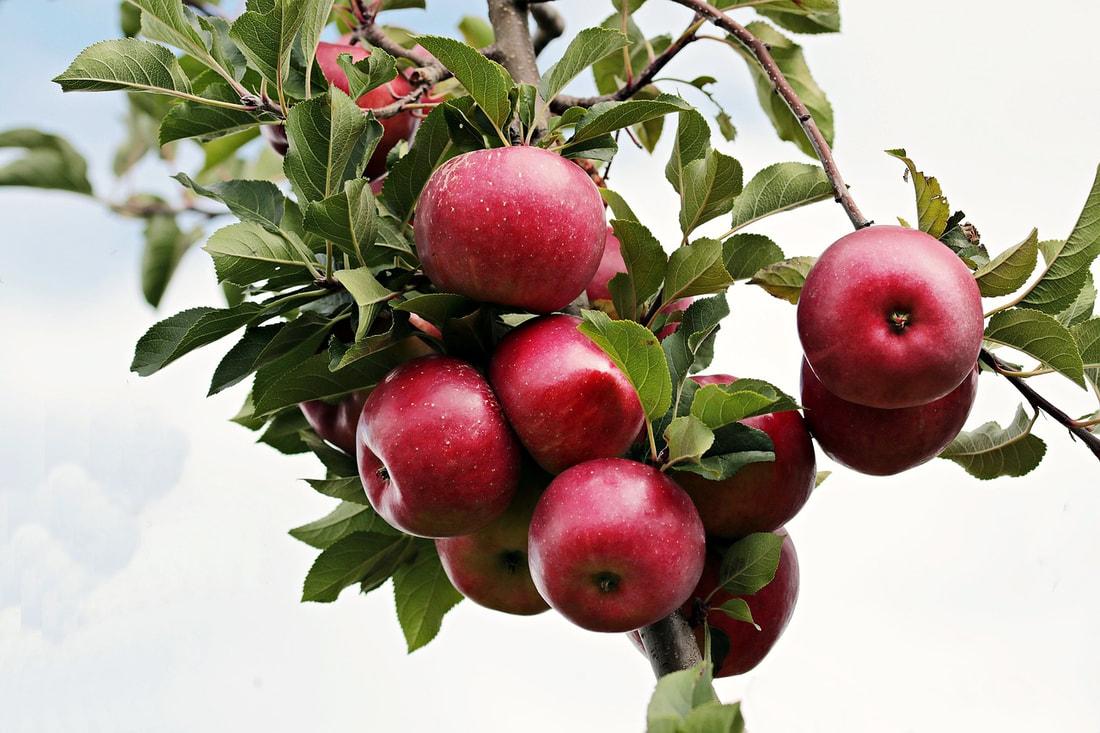
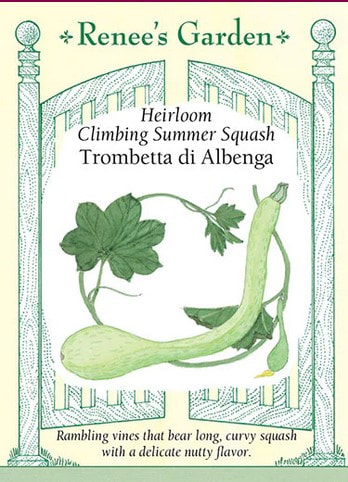
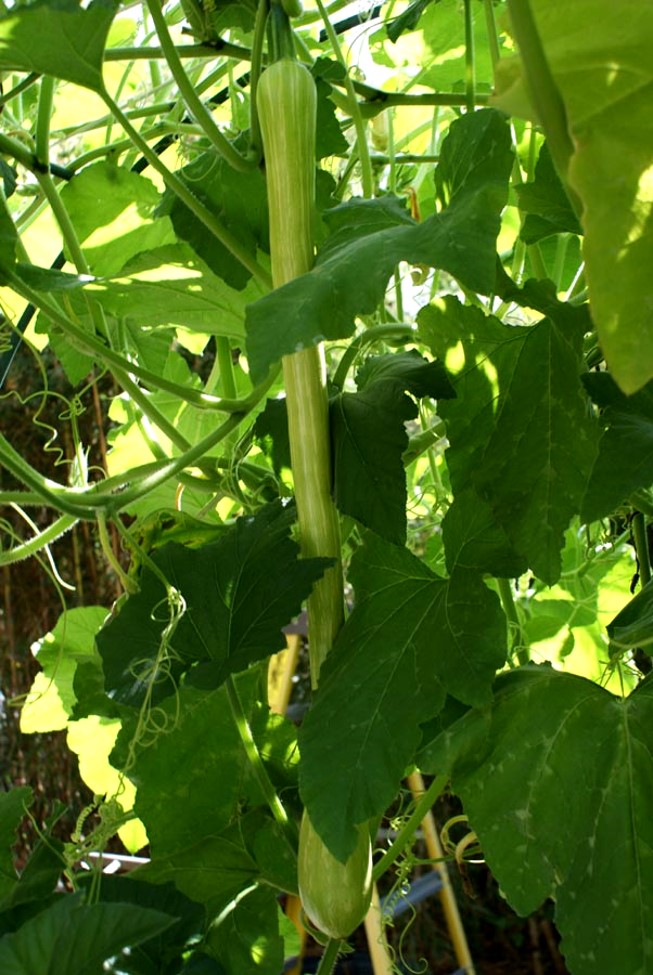
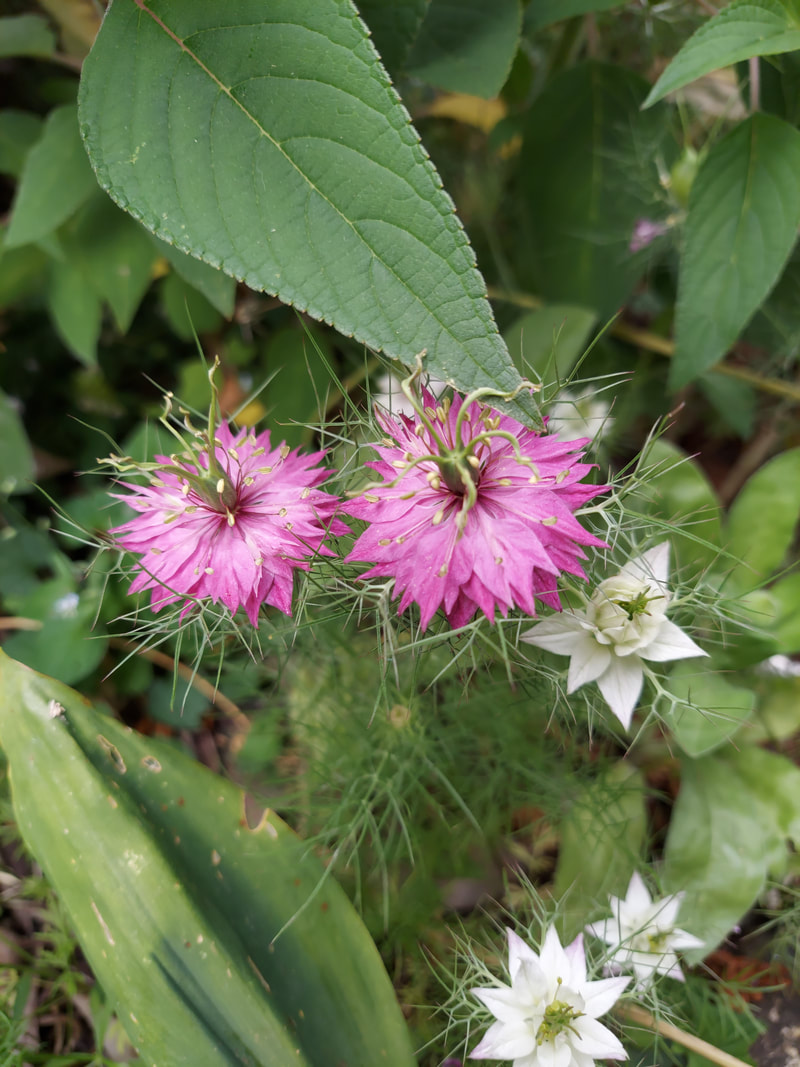
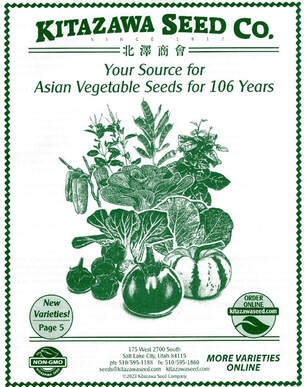
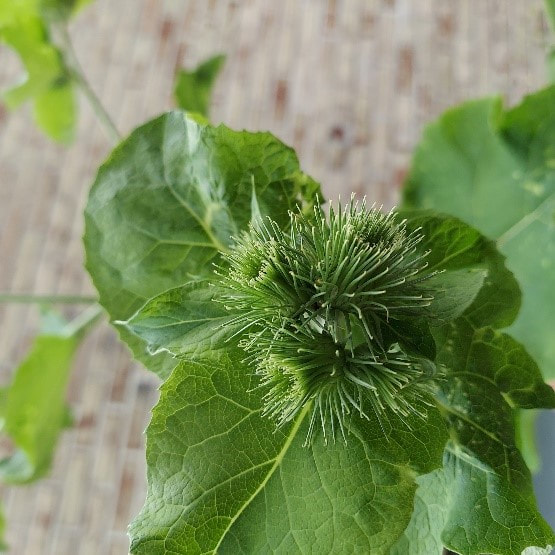
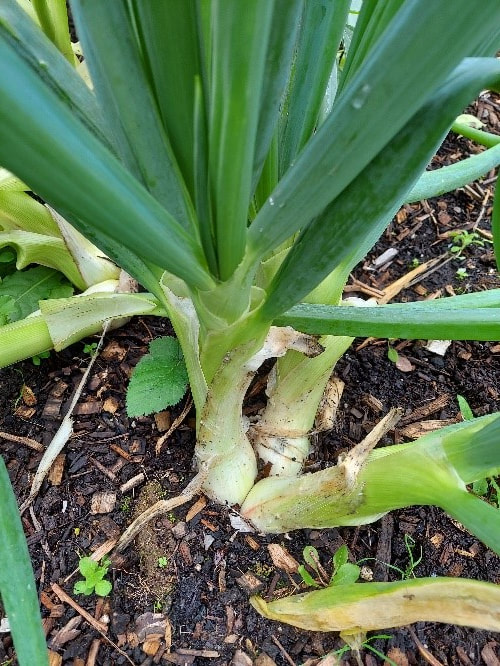
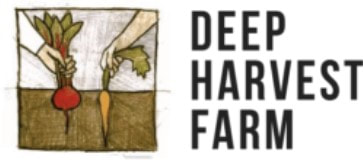
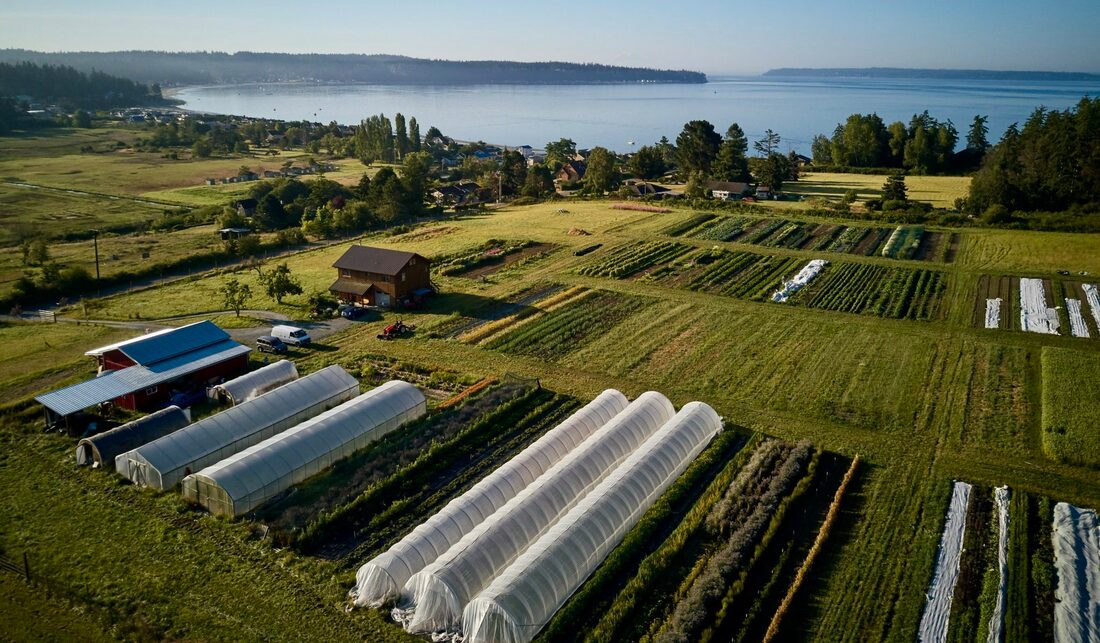
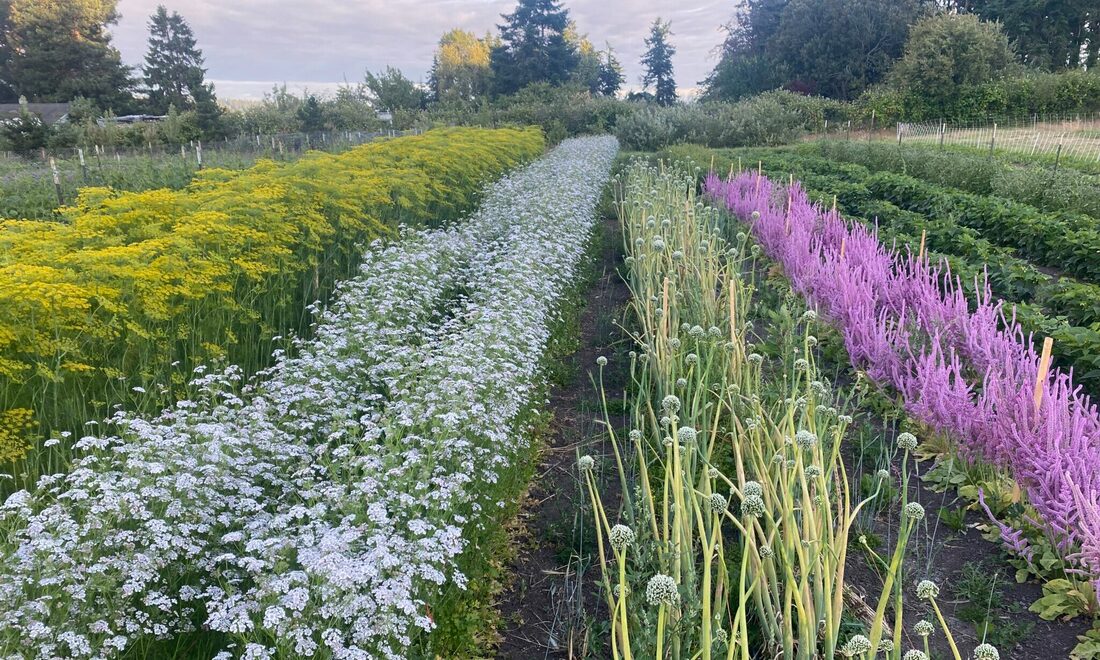
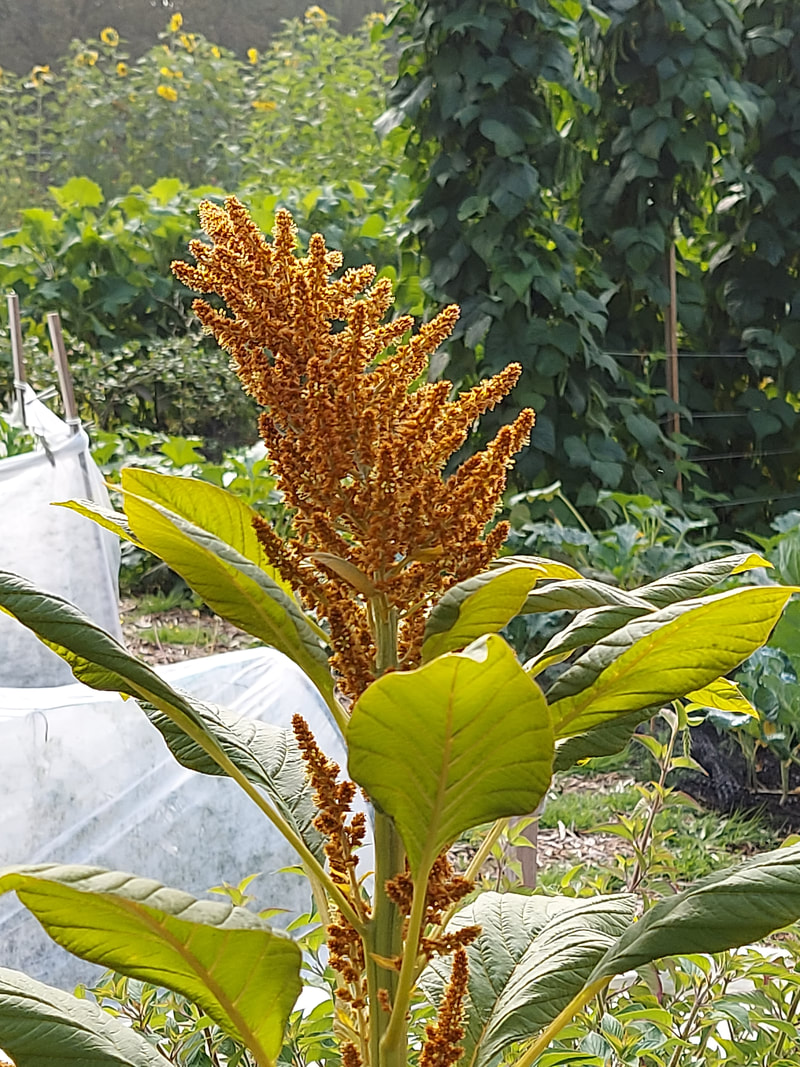
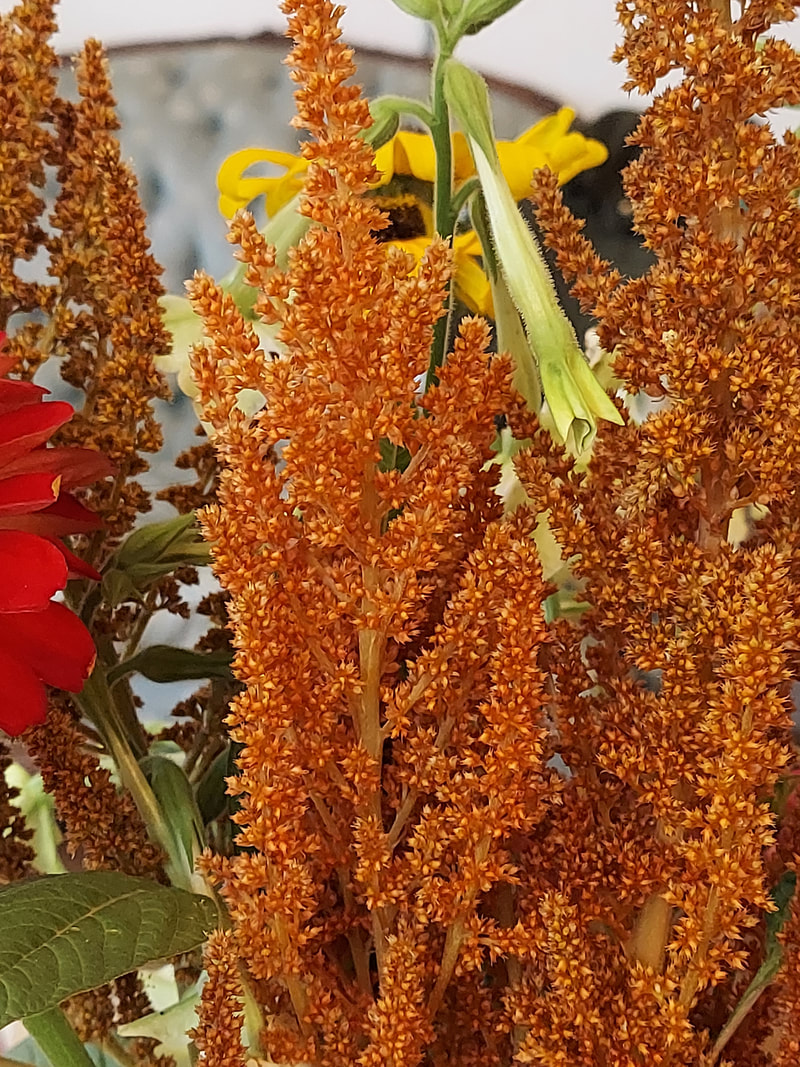
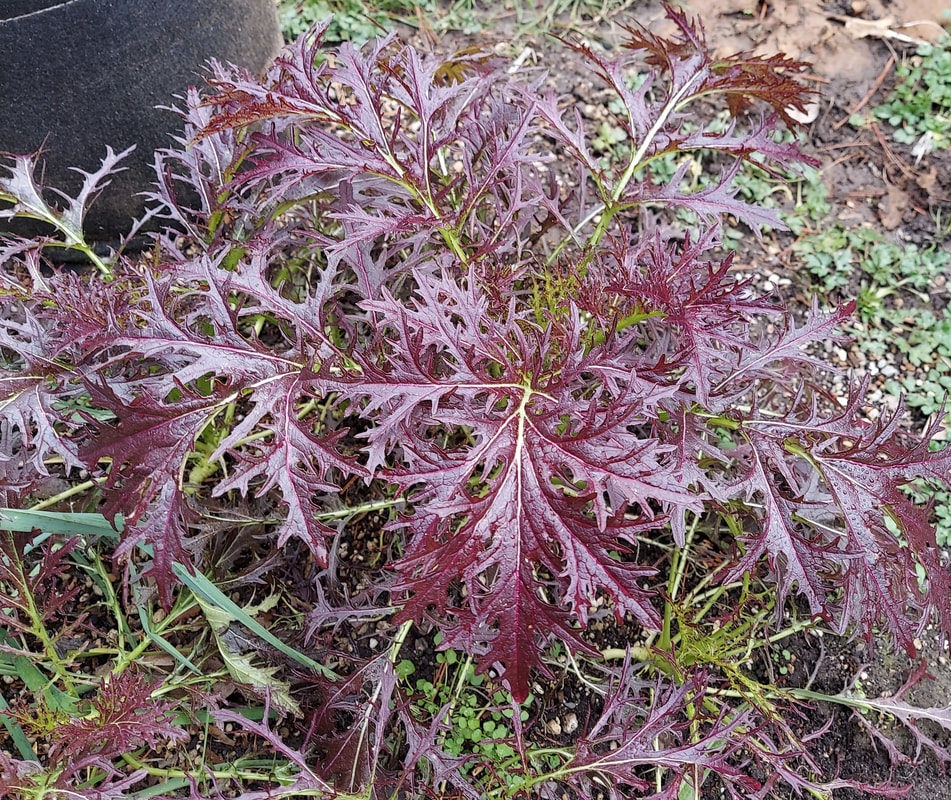
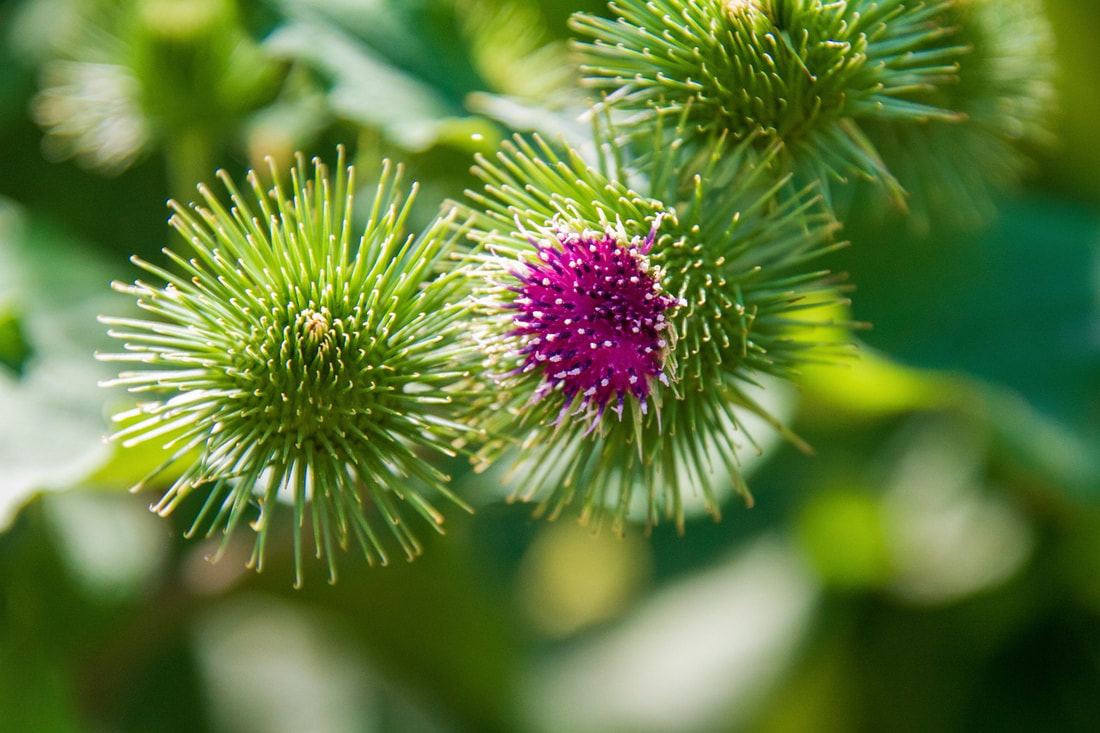
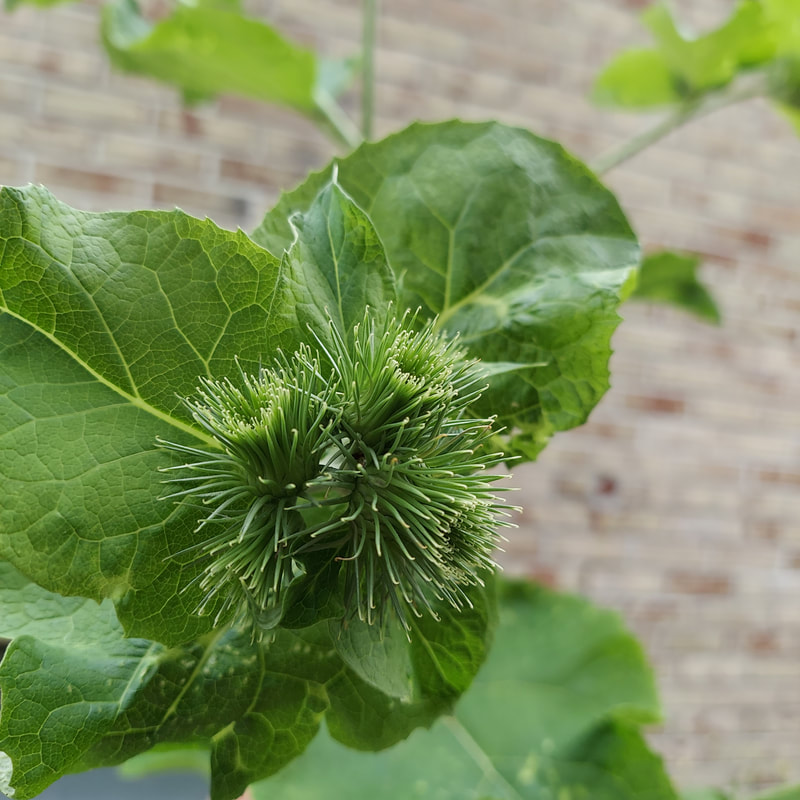

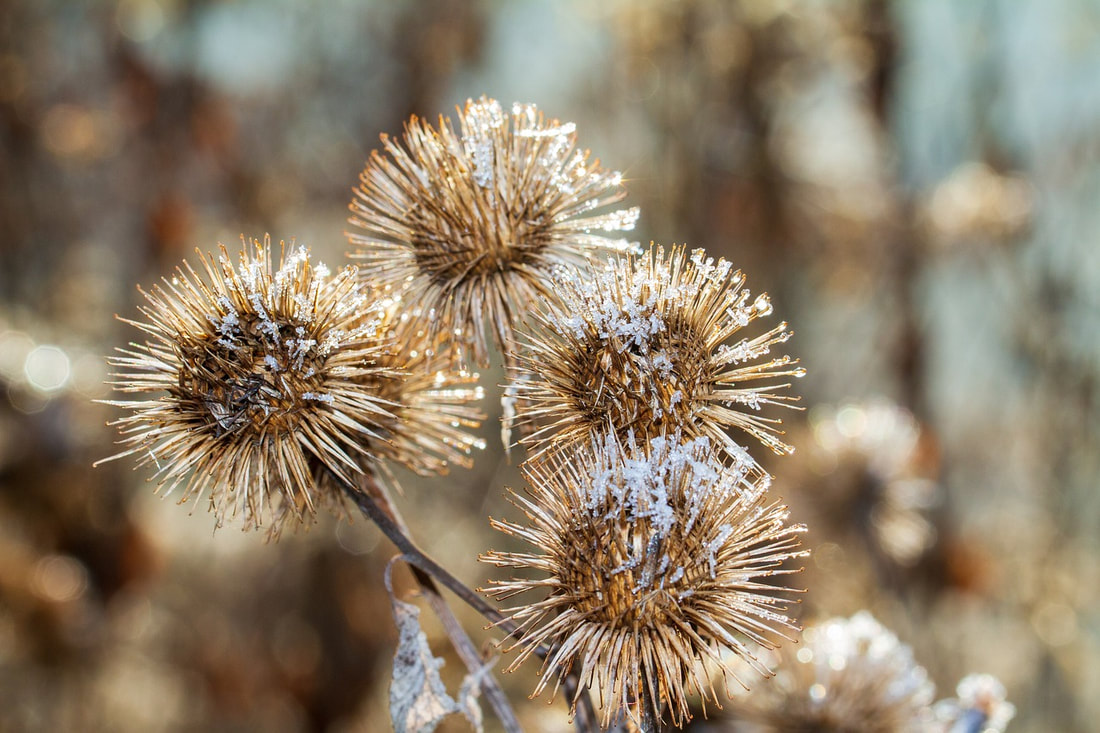
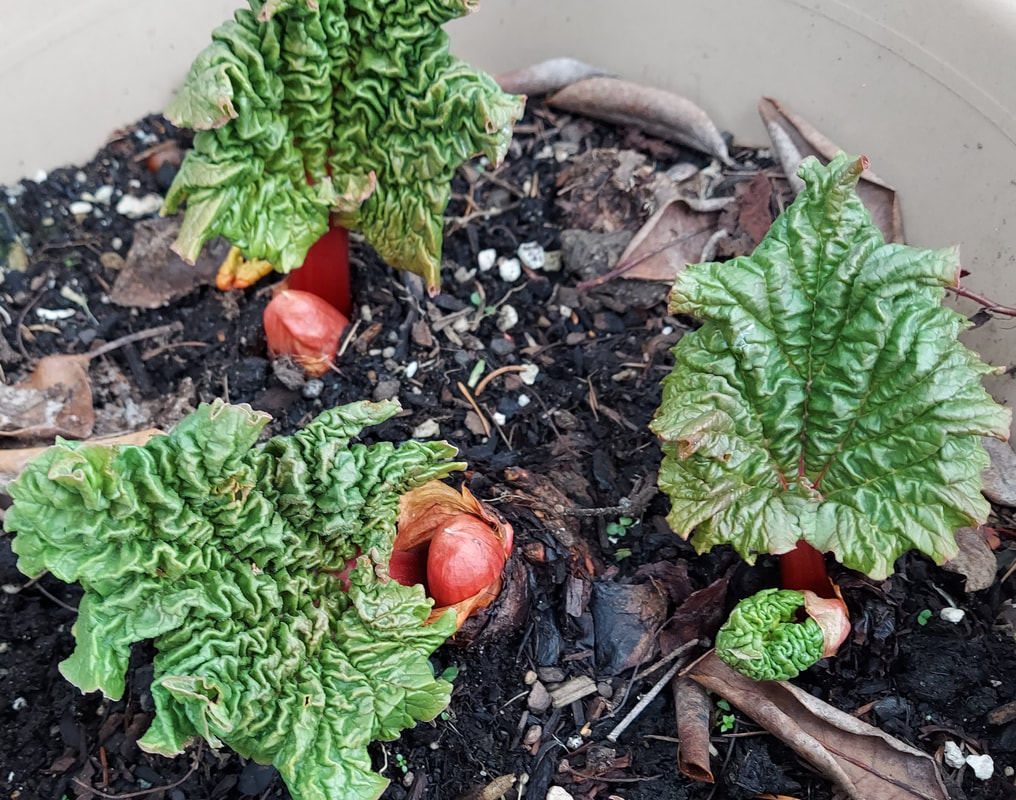
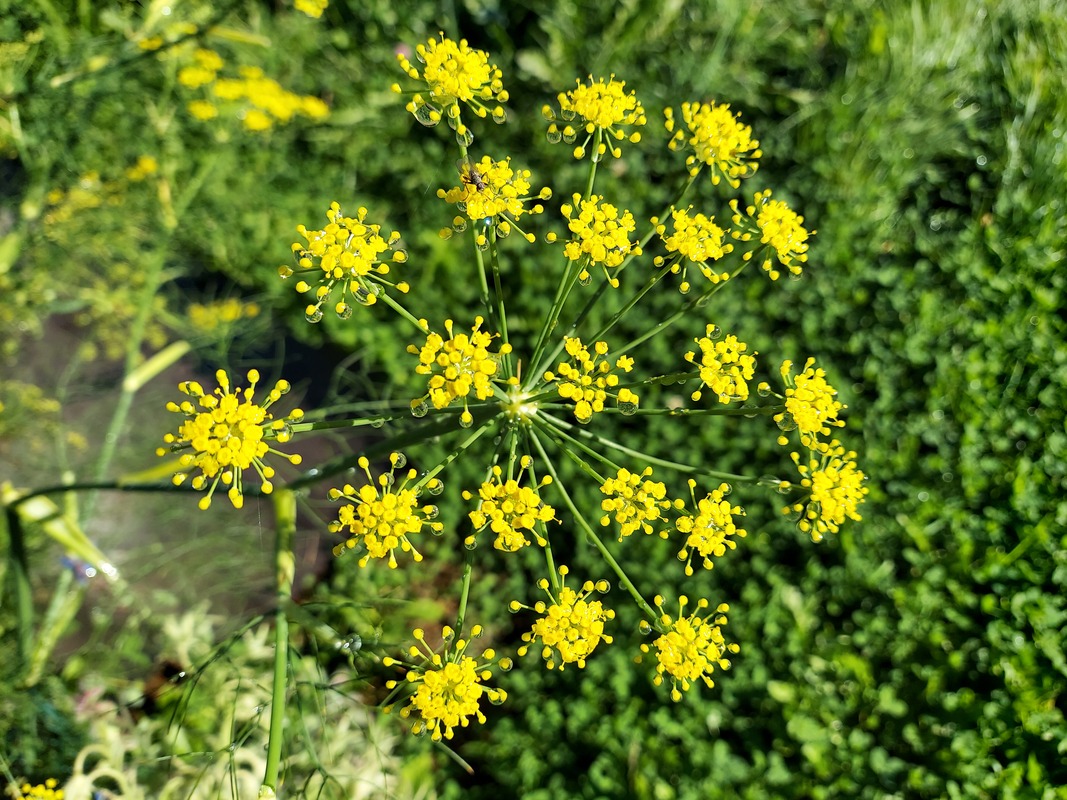
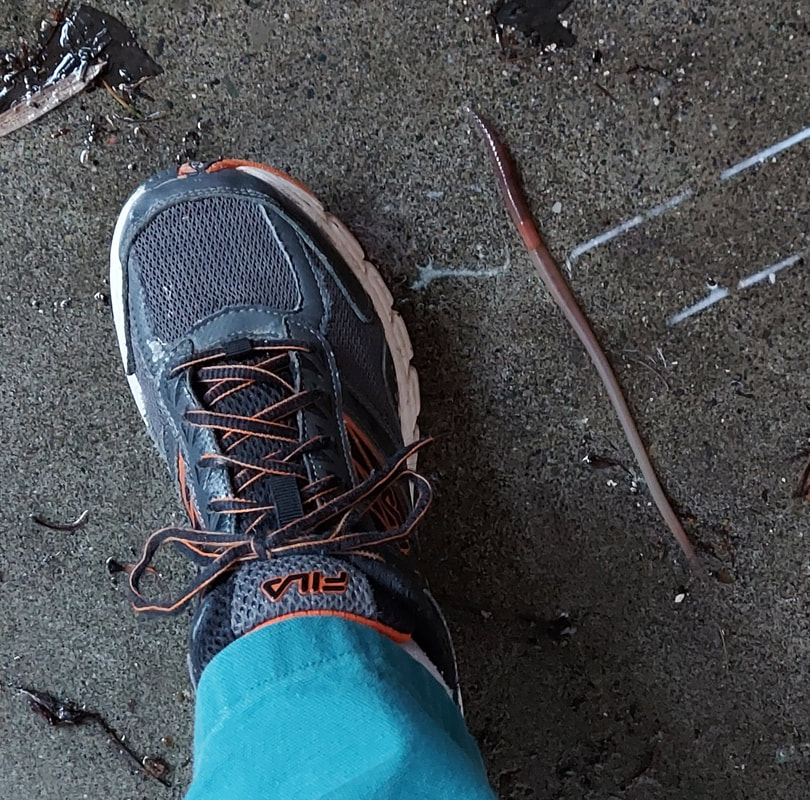
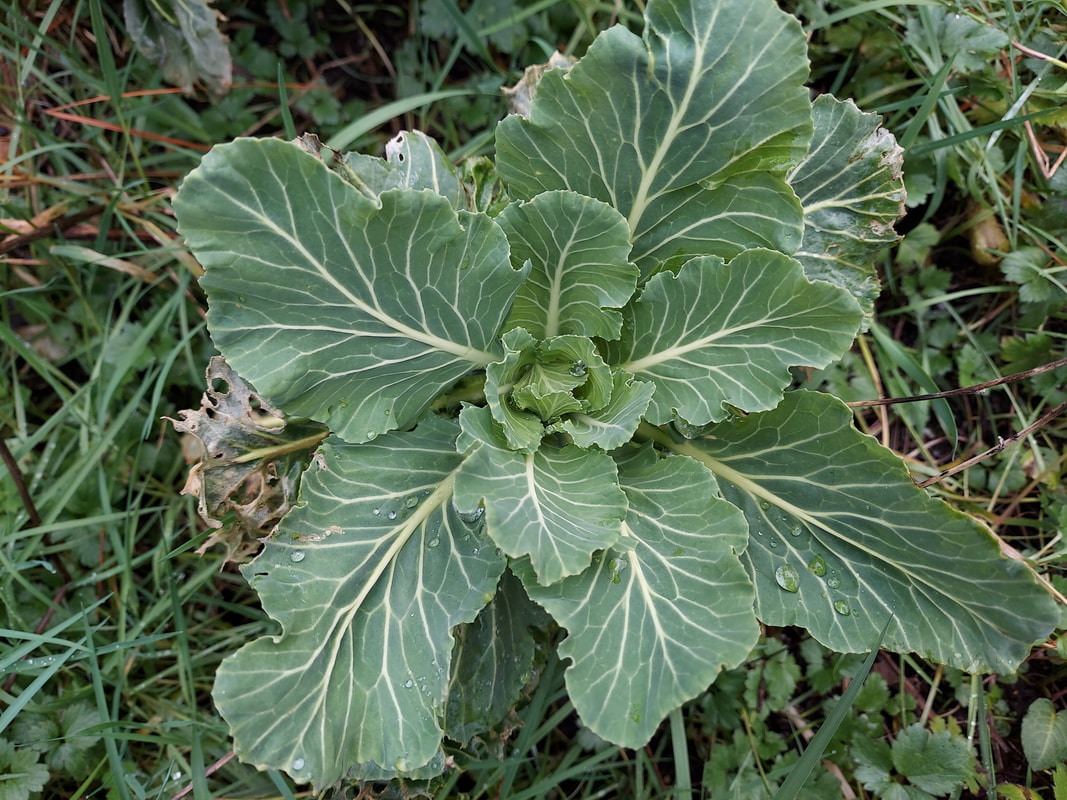
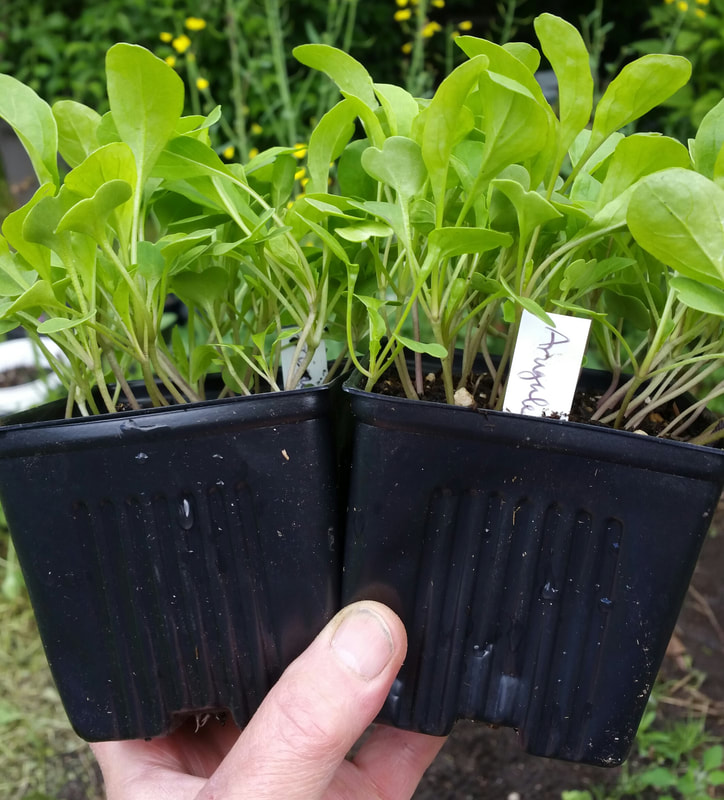
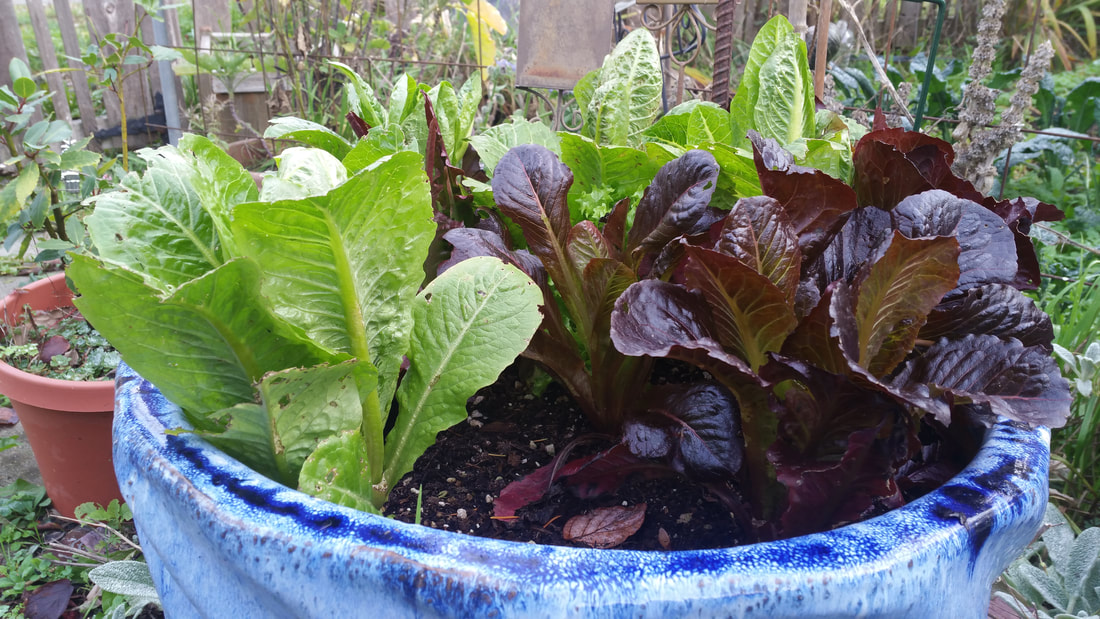


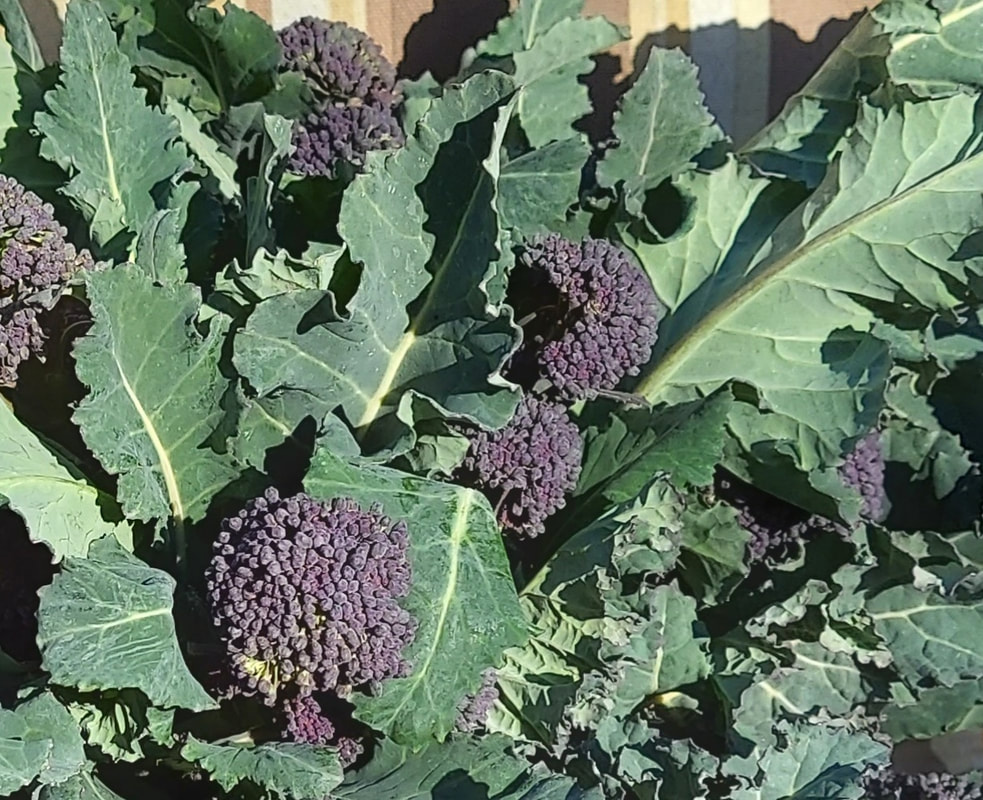
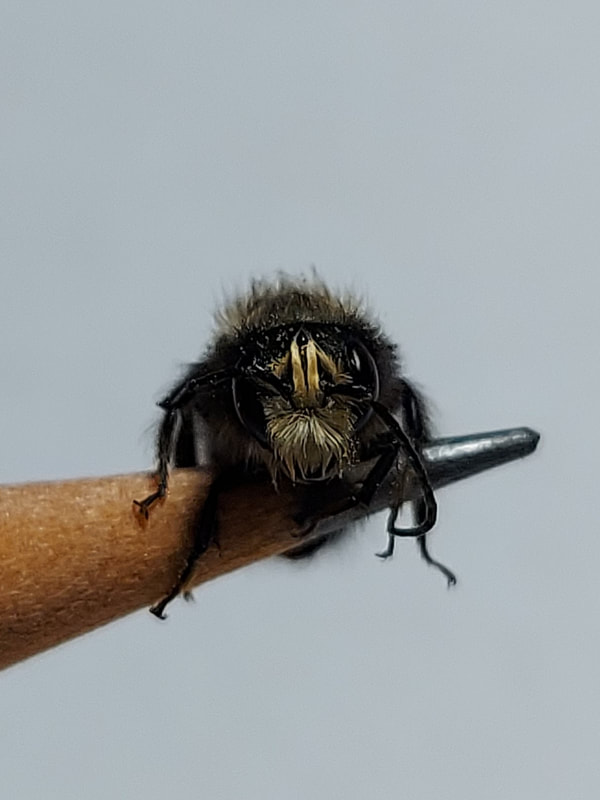
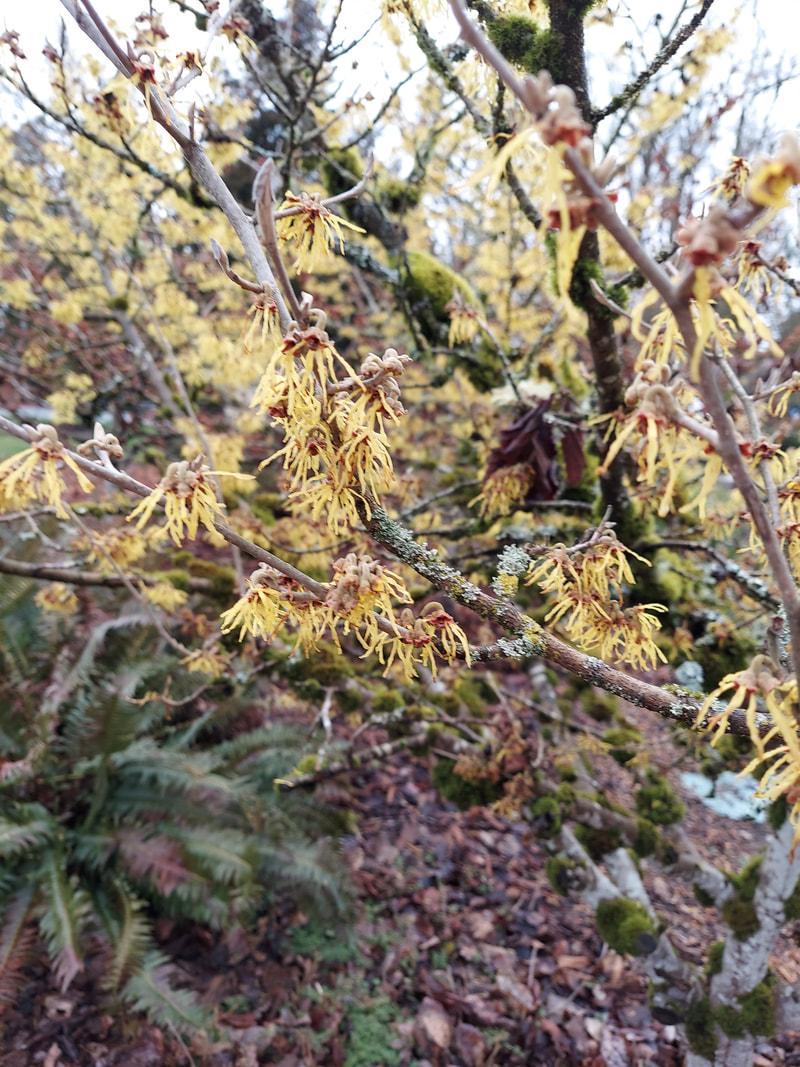

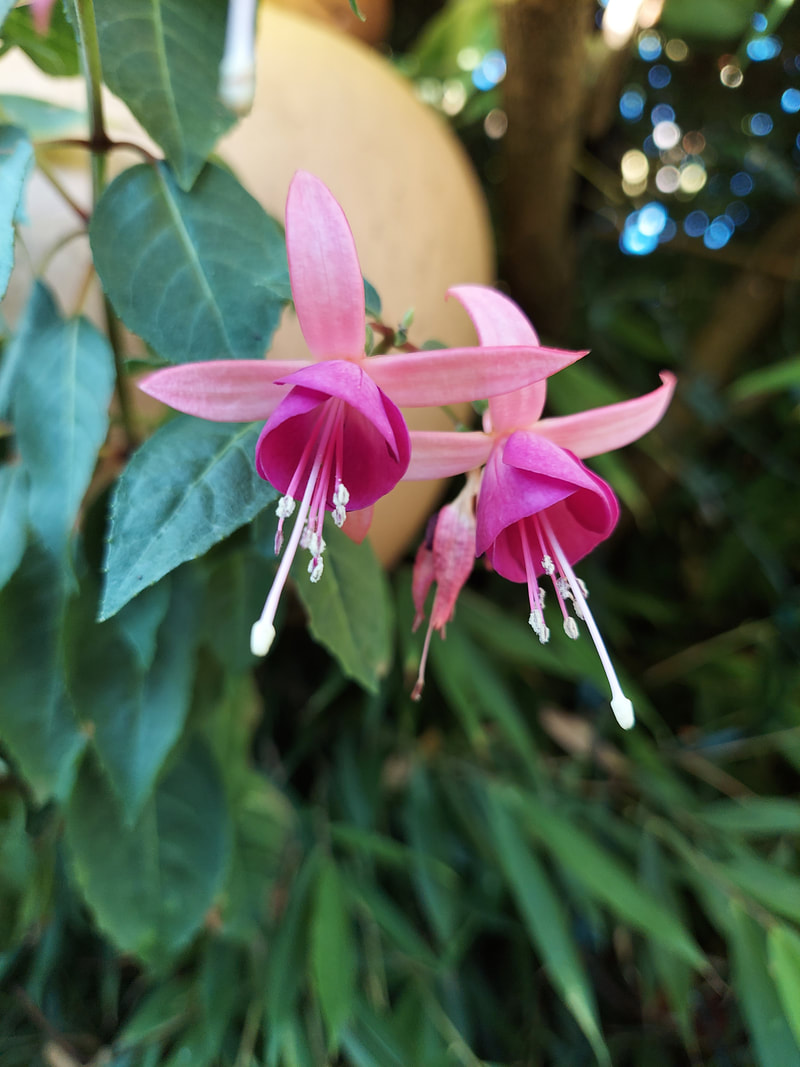
 RSS Feed
RSS Feed